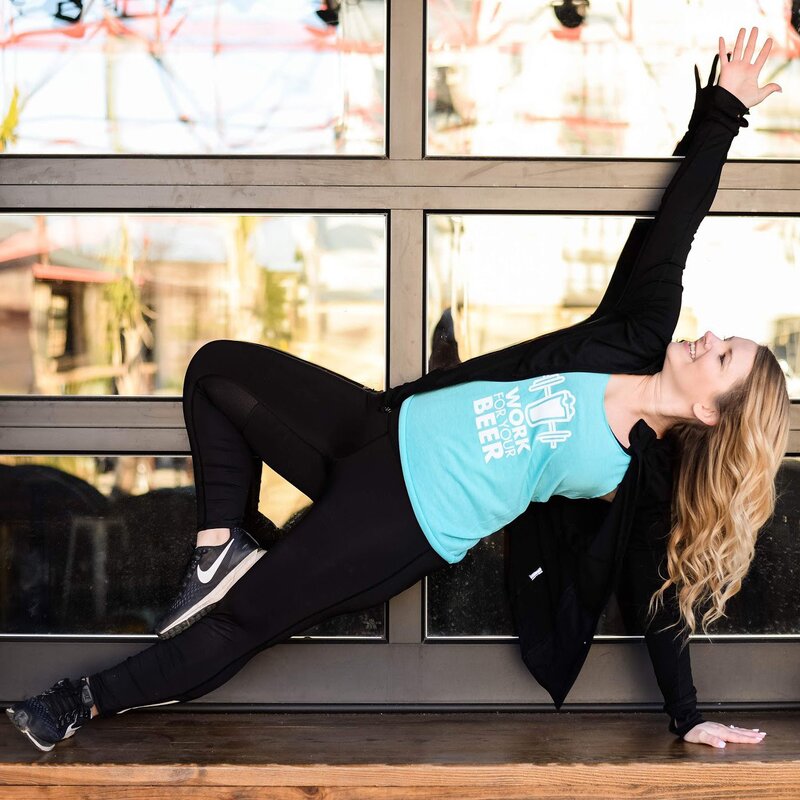Aerial yoga has taken the wellness world by storm. It’s a unique form of exercise. It combines traditional yoga poses, Pilates, and dance with the use of a hammock or silk fabric. The practice provides several benefits, from improving flexibility to reducing stress. This guide aims to demystify aerial yoga. We’ll dive into its origins, benefits, and what you can expect in a typical class.
The Origins of Aerial Yoga
A Brief History
Aerial yoga is a relatively new form of exercise. It was first introduced in the early 2000s. Although it borrows elements from various disciplines, it has roots in traditional yoga practices. The combination of these elements makes it a unique and versatile workout. People initially viewed it as a trend, but its benefits have ensured its lasting popularity. With growing global interest, it has become a staple in many fitness centers.
Key Influences
The practice didn’t emerge in isolation. It incorporates principles from gymnastics, Pilates, and traditional yoga. The use of hammocks also draws inspiration from aerial arts, commonly seen in circuses. The fusion of these elements makes aerial yoga a comprehensive full-body workout. Furthermore, the addition of silk fabrics allows for unique movements and postures. Therefore, it provides an entirely different experience from mat-based yoga.
Understanding the Basics
Equipment Needed
The most significant piece of equipment is the fabric hammock. These hammocks are usually made of high-density nylon material. They can support several hundred pounds in weight. Moreover, they are looped from ceilings using carabiners, support chains, and webbing straps. Apart from the hammock, you may need a yoga mat, especially for ground exercises. Additionally, some classes provide extra props like blocks and straps to aid beginners.
Safety Measures
Safety is paramount when practicing aerial yoga. Make sure that the hammock is securely fastened. Also, the room should have ample space around each hammock. Participants should avoid wearing jewelry or clothing with zippers, as these may tear the fabric. Additionally, it’s crucial to warm up properly before starting. Finally, always follow the instructor’s guidelines to minimize injury risk. Hence, preparation and caution make the practice both safe and enjoyable.

The Benefits of Aerial Yoga
Physical Benefits
Aerial yoga offers numerous physical advantages. First, it significantly improves flexibility. The hammock allows for deeper stretches compared to traditional yoga. Second, it enhances core strength. Many poses require you to engage your core muscles for stability. Third, it aids in improved posture. The hammock supports proper alignment and alleviates pressure on joints. Lastly, it provides a full-body workout, targeting multiple muscle groups at once.
Mental Benefits
The mental health benefits are equally noteworthy. Aerial yoga promotes relaxation and reduces stress levels. The sensation of being suspended in the air generates a sense of freedom and elation, helping to alleviate anxiety. Furthermore, the practice requires a high level of focus and mindfulness. This focus helps individuals stay present, thereby combating issues like anxiety and depression. In conclusion, aerial yoga offers a holistic approach to mental well-being.
What to Expect During a Class
Warm-Up Exercises
A typical class begins with warm-up exercises. These exercises are designed to prepare your body for the more challenging poses ahead. Generally, these involve basic stretching and light cardio activities. The warm-up phase also helps in focusing the mind. Hence, it serves to set the tone for the entire session. The instructor will often guide you through a series of gentle stretches. This prepares both body and mind.
Core Session
The core session brings the ultimate experience. This is when participants perform various aerial poses, ranging from simple to complex. Beginners usually start with basic poses, such as “cocoon” or “star inversion.” These are simple to execute and help to build confidence. As you progress, the poses become more challenging. Advanced practitioners might try flips, drops, or even choreographed sequences. Each pose aims to work a specific set of muscles, making the workout well-rounded.

Steps to Get Started
Finding a Class
Finding a class is the first step to starting your aerial yoga journey. Look for certified instructors with experience in teaching aerial yoga. Many gyms and wellness centers offer these classes. You can also check online platforms for virtual classes. Make sure to read reviews and testimonials before choosing a class. This ensures you are in safe and capable hands.
Essential Tips for Beginners
If you are a beginner, certain tips can make your experience smoother. First, wear comfortable, form-fitting clothing to avoid fabric entanglements. Second, arrive early for your first class to familiarize yourself with the equipment. Third, don’t hesitate to ask your instructor for modifications. This will enable you to transition smoothly into more complicated poses. Lastly, stay hydrated and listen to your body. Taking breaks is essential if you feel fatigued.
Challenges You Might Face
Physical Limitations
While aerial yoga is inclusive, physical limitations can be a concern for some. Conditions like arthritis, severe back issues, or vertigo might make certain poses uncomfortable. Always consult your healthcare provider before beginning any new exercise regimen. Moreover, inform your instructor about any medical conditions. This way, they can offer suitable modifications to ensure your safety.
Psychological Barriers
The idea of being suspended in the air can be daunting for many. Fear of heights or falling may deter some from trying aerial yoga. However, facing these fears can be incredibly rewarding. Overcoming these psychological barriers usually results in a sense of accomplishment. Most classes are beginner-friendly and designed to build confidence progressively. Thus, with the right guidance, these fears can be managed effectively.

Advanced Techniques
Complex Poses
For advanced practitioners, there are numerous complex poses to explore. These often require exceptional strength, flexibility, and balance. Poses like “superman” or “mermaid” offer advanced practitioners an extra challenge. Such poses also add a dramatic flair to the practice. These complicated poses are usually taught in specialized classes, focusing on advanced techniques. Therefore, always ensure you have mastered the basics before attempting these.
Combining Aerial Yoga with Other Practices
Advanced practitioners may also combine aerial yoga with other disciplines. Some integrate it with traditional yoga for a mixed workout. Others may combine it with Pilates to enhance core strength further. Additionally, aerial yoga can be combined with dance. This fusion can bring a unique aesthetic to the practice. The possibilities are endless, limited only by imagination and skill level. Thus, aerial yoga can continually evolve alongside your fitness journey.
Final Thoughts
Aerial yoga offers an exhilarating blend of physical and mental benefits. Its unique combination of different disciplines makes it versatile and accessible. From the origins and basic principles to the physical and mental rewards, it’s clear that aerial yoga suits various needs. Whether you’re a novice or an advanced practitioner, there’s always something to gain. So why not take that leap? Invest in your well-being by trying aerial yoga.
Conclusion
Aerial yoga, with its blend of traditional yoga principles and the exhilarating elements of aerial arts, offers a multifaceted approach to enhancing physical and mental well-being. Through the support of the aerial hammock, practitioners can achieve greater flexibility, strength, and joint relief while also experiencing significant mental health benefits such as stress reduction, improved focus, and increased self-confidence. As this innovative practice continues to gain popularity, it serves as a testament to the ever-evolving landscape of wellness and fitness. Whether you are a seasoned yogi or a fitness newcomer, aerial yoga provides a refreshing and transformative way to elevate your mind and body.










































